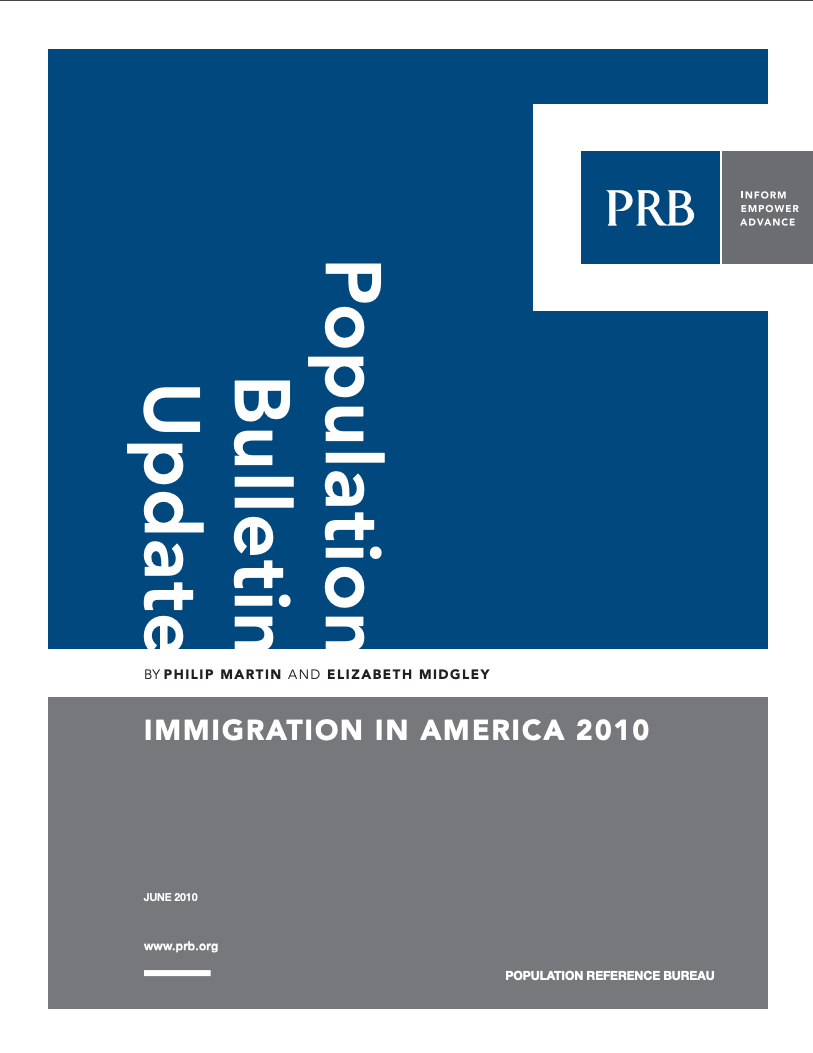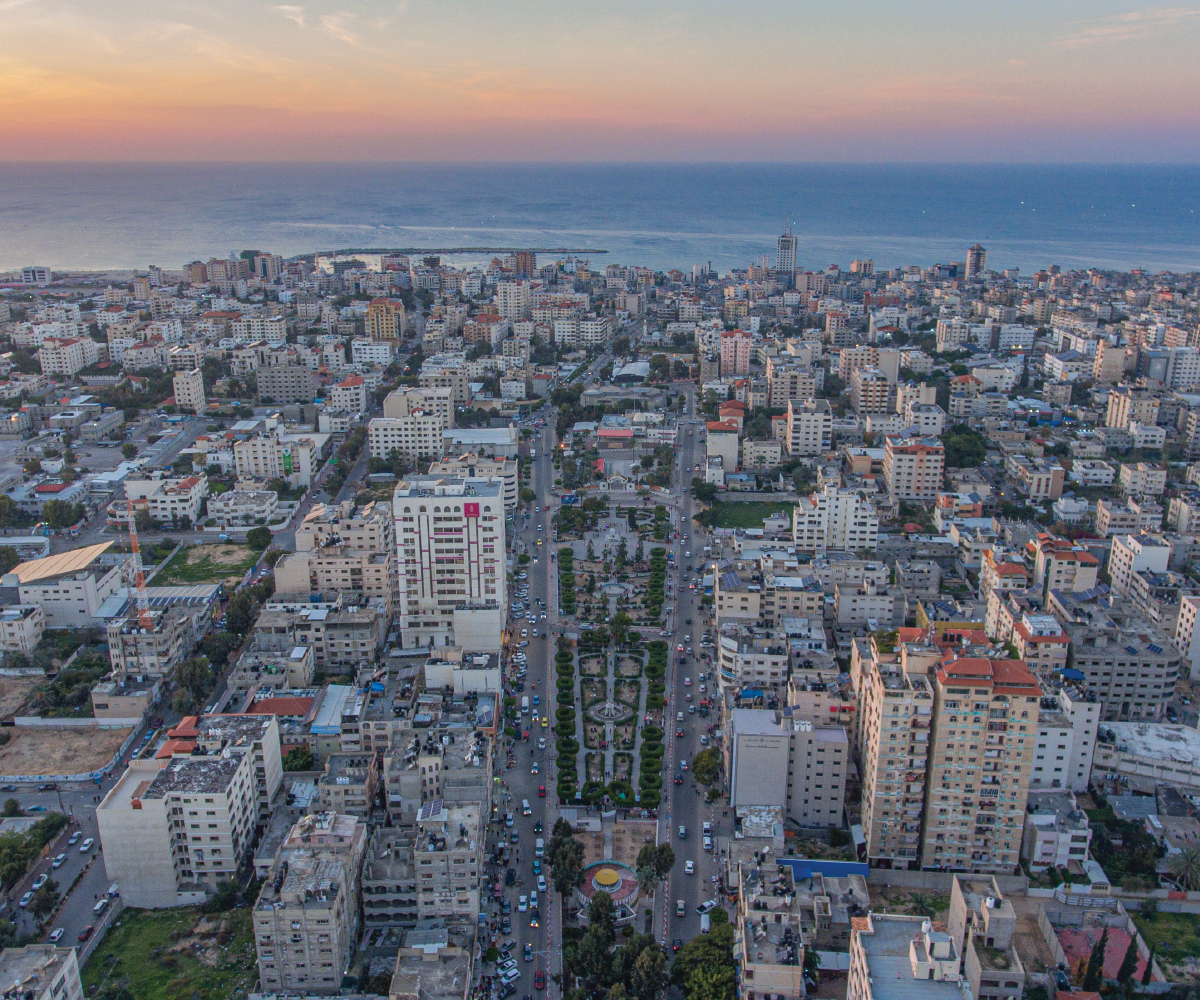Earthquake Magnifies Haiti’s Economic and Health Challenges
Even before the massive earthquake in January 2010, Haiti's nearly 10 million people ranked as the poorest in the Western Hemisphere.
Even before the massive earthquake in January 2010, Haiti's nearly 10 million people ranked as the poorest in the Western Hemisphere.

This Population Bulletin Update is a follow-up to 2006's Population Bulletin, "Immigration: Shaping and Reshaping America" by Phil Martin and Elizabeth Midgley, and provides new data and analysis on the economic impacts and policy debates around immigration.
(2011) Près de 68 pour cent des personnes infectées par le VIH dans le monde vivent en Afrique subsaharienne, où le virus touche les femmes de manière disproportionnée.
(2007) States increasingly consider science and technology resources to be an asset in developing a strong economic advantage. As a result, strategies for training, attracting and retaining scientists and engineers have become more important state and national public policy issues.

Project: American Community Survey and Decennial Census Support Services
(2020) The U.S. population is undergoing rapid racial and ethnic change, led by growth of the Hispanic/Latino and Asian American populations. For policymakers and others, keeping track of these changes is important because some racial and ethnic groups are faring worse than others.

What do data tell us about the people who live in Gaza and the West Bank?
(2001) In a 2001 report published by Amnesty International, a 27-year-old Ukrainian psychologist and social worker told of being trafficked to Israel.

The Census Bureau’s state-level population estimates for 2018 provide a window into the potential redistribution of seats in the U.S. House of Representatives when the 2020 Census numbers are released.